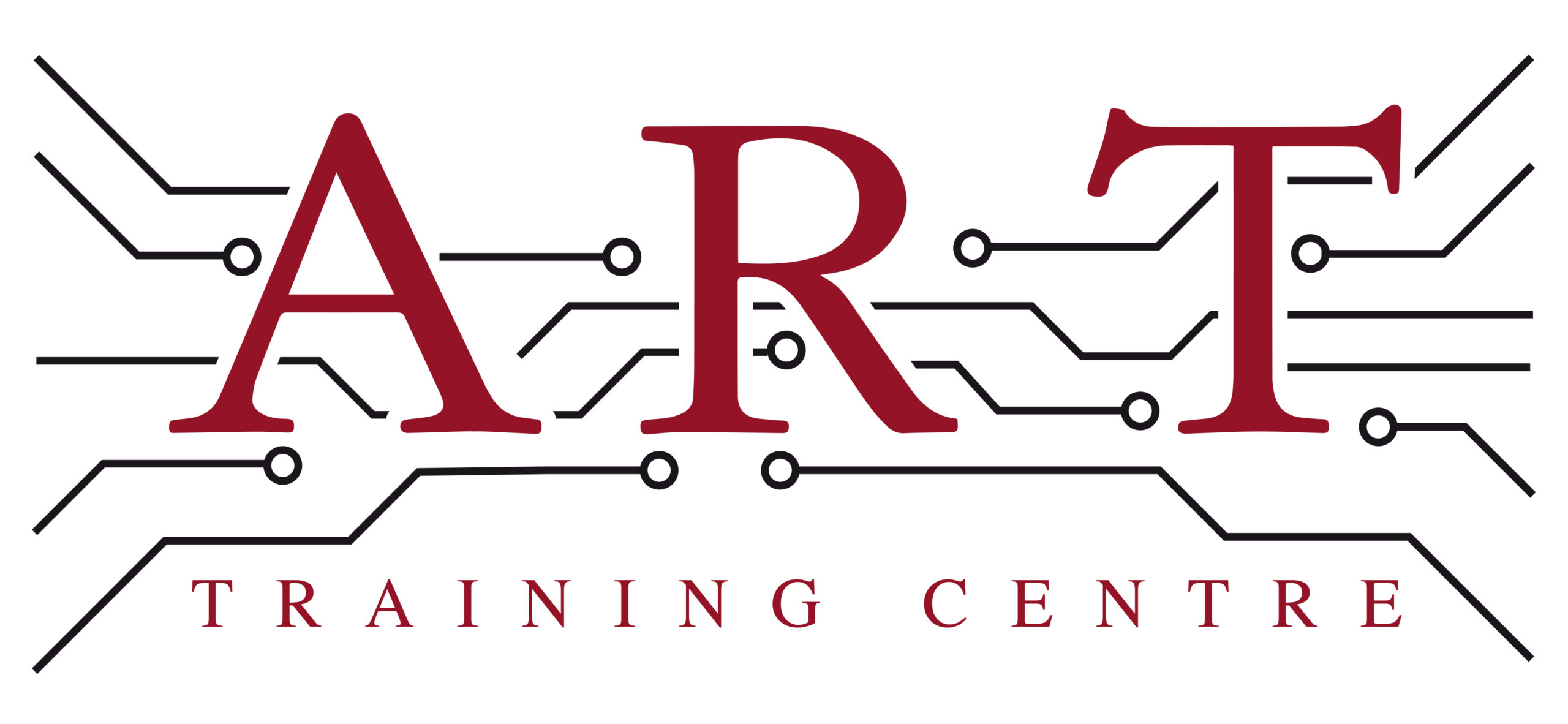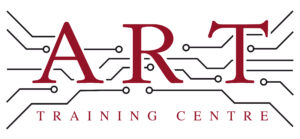Definition
Connector is a component in electronics that allows for the joining and disconnecting of electrical circuits. It facilitates the transmission of signals and power between different parts of a device, such as between a printed circuit board (PCB) and external components. Connectors come in various shapes and sizes, designed for specific applications, and are essential for the functionality and repairability of electronic devices.
How It’s Used in the Industry
In electronics assembly, connectors are used to link various components on printed circuit boards (PCBs). During soldering, technicians attach connectors to PCBs using methods such as through-hole or surface mount soldering, ensuring secure electrical connections. In rework scenarios, connectors can be replaced or repaired, which is crucial for maintaining device functionality. For both trainees and experienced professionals, understanding how to properly handle and install connectors is vital, as it directly impacts the reliability and performance of electronic devices.
History & Origins
Connectors became common in electronics manufacturing during the mid-20th century, coinciding with the rise of consumer electronics. Early adoption was driven by the need for modular designs that allowed easy assembly and maintenance. The development of standards, such as those from IPC (Institute for Printed Circuits), helped ensure consistency and quality in connector design and usage. As technology advanced, connectors evolved to meet the increasing complexity of electronic devices, making them a fundamental aspect of modern electronics.
Variations
There are several types of connectors, including USB, HDMI, and RJ45, each serving different functions in electronic devices. For example, USB connectors are widely used for data transfer and power supply, while HDMI connectors are primarily used for video and audio transmission. These variations differ in size, shape, and electrical specifications, catering to specific applications. Understanding these differences is crucial for learners, as it aids in selecting the appropriate connector for various electronic projects.
Modern Applications
Today, connectors are integral to electronics production, repair, and professional training. They are used in both surface mount and through-hole assembly processes, ensuring secure and reliable connections. In advanced assembly techniques, such as those seen in smartphones and computers, connectors must meet stringent quality and compliance standards, including IPC guidelines. Their role is critical in ensuring the durability and performance of electronic products in a competitive market.
Practical Tips & Training
When working with connectors, always follow safety guidelines to prevent electrical shock or damage. Use proper inspection techniques, such as visual checks for solder quality and connector alignment. Familiarity with tools like multimeters and soldering irons is beneficial. Structured training and certification in electronics are essential for mastering connector handling, as they enhance knowledge and skills vital for maintaining high standards in electronic assembly and repair.


